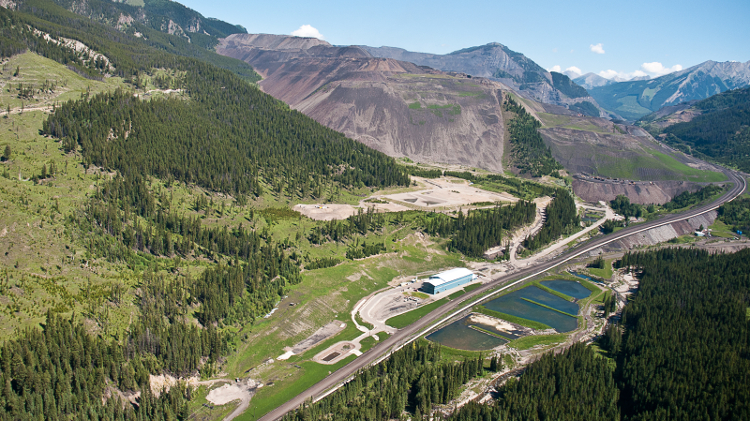A new environmental assessment process for major projects recommended in an expert panel’s report released in April would be “horrendous,” said a Mining Association of Canada (MAC) executive.
Justyna Laurie-Lean, vice-president of environment and regulatory affairs at MAC, said that while the panel, launched by the federal Liberals in August 2016, raised good ideas on how to fix a sometimes-inefficient system that can lack transparency, “the process that they’ve proposed would be essentially unworkable.”
“It’s kind of all dancing, all singing […] and the role of the project proponent is completely sidelined,” Laurie-Lean said. “So we are concerned if the government goes ahead with that kind of design, it would mean essentially that people would stop investing in Canada.”
The four-person panel, which included Teck Resources’ past senior vice-president of sustainability and external affairs Doug Horswill and was chaired by former federal environment commissioner Johanne Gélinas, travelled across the country hearing from the public, indigenous groups and stakeholders to suggest ideas for a new system that would regain the public’s trust in how major projects are reviewed for their potential environmental impact.
Its report recommended that an independent, quasi-judicial tribunal be responsible for environmental assessments and any resulting dispute resolution. Appeals of decisions made by this body should be heard by Cabinet, the report said. It also emphasized the involvement of indigenous peoples throughout the process.
“Nobody in this country is against economic development. They just want to see things done differently,” panel chair Gélinas said at the International Association of Impact Assessment Conference in Montreal when the report was released.
The panel is part of the Liberals’ vow to address the previous Conservative government’s controversial changes to environmental assessment law in 2012. Those changes greatly reduced the number of environmental reviews and delegated some assessments to the National Energy Board (NEB) and the Canadian Nuclear Safety Commission, which some feel lack independence and neutrality, according to the report. Separate reviews around the NEB, the Fisheries Act and the Navigation Protection Act are also underway.
“Together these reviews will build new environmental assessment processes that are robust, fair and transparent, and earn the public trust,” Environment and Climate Change Minister Catherine McKenna said at the same Montreal conference in April. “Our goal is to provide regulatory certainty to business, respect the rights of indigenous peoples and engage communities, and to protect our environment for generations to come.”
But the panel’s recommendations will not do enough to meet that goal, in MAC’s view. The association, which sat on the multi-interest advisory committee offering feedback throughout the review, sent McKenna a letter outlining its concerns, including what it called a disregard for the role provinces play in the process, a consensus-driven model that MAC said will not differentiate between rights-holders and anyone else not directly impacted by a project and an overly complex process without set timelines.
But the association did say ideas such as a greater use of regional and strategic assessments are worth exploring. Those would reduce the current burden on project proponents under the 2012 act to assess the cumulative impact of their project while accounting for all the other activity in the region, Laurie-Lean said.
Toban Morrison, a spokesperson for the Canadian Environmental Assessment Agency, said the government is currently reviewing all feedback following the report’s release, including submissions from organizations, meetings with Indigenous Peoples and more than 1,000 online comments from the public comment forum that closed May 5.
“A summary of what we heard will be made available online in the coming weeks,” Morrison said.



